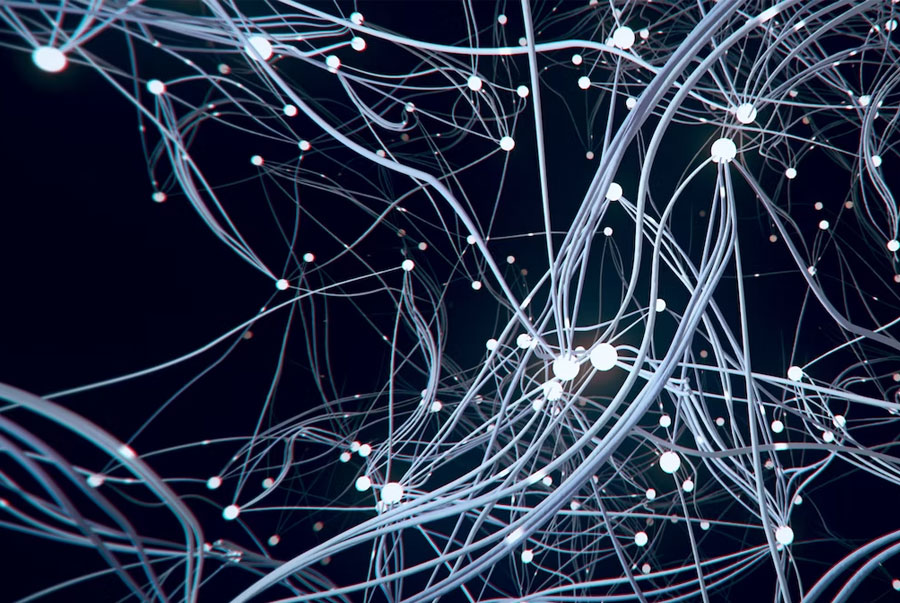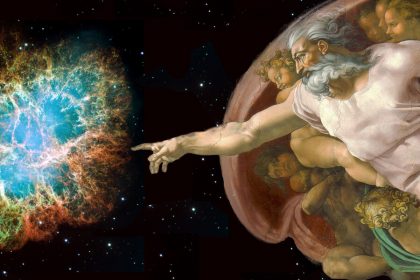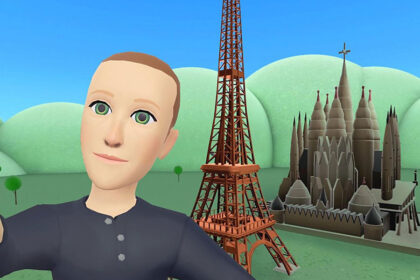Hologram Breakthrough: New Technology Transforms Ordinary 2D Images.
By Chiba University October 20th, 2023
Hi readers!
A new and novel deep-learning method has been developed that simplifies the creation of holograms. You can read this article on
Hologram Breakthrough: New Technology Transforms Ordinary 2D Images (scitechdaily.com)
Researchers have developed a novel deep-learning method that simplifies the creation of holograms, allowing 3D images to be generated directly from 2D photos captured with standard cameras.
The method employs deep learning to create three dimensional holograms from two-dimensional colored images involving a sequence of three Deep Neural Networks (DNN), which not only streamlines the hologram generation process but also outperforms in speed: the current high-end graphics processing units.
It doesn’t require expensive equipment like RGB-D cameras (a type of camera that provides both depth (D) and color (RGB) data as the output in real-time making it cost-effective.
With potential applications in high-fidelity (the use of electronic equipment to reproduce a sound or image with very little distortion or loss of quality) 3D displays, and in-vehicle holographic systems, this innovation made a significant advancement in holographic technology.
Holograms provide a three-dimensional (3D) view of objects offering a level of details that two-dimensional (2D) images cannot match. The realistic and immersive display of 3D objects makes holograms increasingly valuable across various sectors including medical imaging, manufacturing, and virtual reality.
Traditional holography involves recording an object’s three-dimensional data and its interactions with light: a process that demands high computational power and the use of specialized cameras for capturing 3D images. This complexity has restricted the widespread adoption of holograms.
Many deep-learning methods have been proposed recently for generating holograms which can create holograms directly from 3D data captured with RGB-D cameras having both color and depth information of an object. This approach circumvents many computational challenges associated with the conventional method and represents an easier approach for generating holograms.
The new and novel approach is developed by a team of researchers in Graduate School of Engineering, Chiba University (National University in the city of Chiba in Japan).
It is based on a deep learning method that streamlines hologram generation by producing 3D images directly from regular 2D color image captured using ordinary cameras. Graduate School of Engineering, Chiba University were also a part of this study, published recently in the journal of Optics and Lasers in Engineering.
Professor Tomoyoshi Shimobaba says that,
“There were several problems in realizing holographic displays, including the acquisition of 3D data, the computational cost of holograms, and the transformation of hologram images to match the characteristics of a holographic display device”.
The team said we undertook this study believing that deep learning method has the potential to solve these problems. Hence, in the new novel method, we employed three Deep Neural Networks (DNNs) to transform a regular 2D color image into data that can be used to display a 3D scene or object as a hologram.
The first DNN makes use of a color image captured by a regular camera as the input and then predicts the associated depth map providing information about the 3D structure of the image.
Both the original RGB image and the depth map created by the first DNN were then utilized by the second DNN to generate a hologram.
Finally, the third DNN refines the hologram generated by the second DNN, making it suitable for display on different devices.
The researchers found that the time taken by the proposed approach to process data and generate a hologram was superior to that of a state-of-the-art graphics processing unit.
Another significant benefit of the approach is that the reproduced image of the final hologram can represent a natural 3D image. Since depth information is not used during hologram generation, this approach is inexpensive and does not require 3D imaging devices such as RGB-D cameras and color data as the output in real-time.
In the near future, this approach can find potential applications in heads-up and head-mounted displays for generating high-fidelity 3D displays.
Head-mounted displays (HMDs) are small displays or projection technology integrated into eyeglasses or mounted on a helmet or hat. Heads-up displays are a type of HMD that does not block the user’s vision but superimposes the image on the user’s view of the real world.
Likewise, it can revolutionize the generation of an in-vehicle holographic head-up display, which may be able to present the necessary information on people, roads, and signs for passengers in 3D. The proposed approach is thus expected to pave the way for augmenting the development of universal holographic technology.
Did you see dear readers what the latest miracle of Tsunami of technology is?
Many of you may not have any relevance with what is their field and what they are doing currently but, it is important that they at least have the minimum possible knowledge of what is happening in the world around them so that at time, they listen such things, they should not consider themselves uneducated or ignorant.
Information, acquiring knowledge and practical use of science and technology is a must if we have to rise respectively in the comity of the Nations. Think about that and think also about what Carl Sagan and Erwin Schrödinger said?
Sagan said, “We live in a society exquisitely (intricately) dependent on science and technology, in which hardly anyone knows anything about science and technology.”
Erwin Schrödinger said,
“The scientist only imposes two things upon himself and upon other scientists and these are:
truth and sincerity”.
Carl Edward Sagan was an American astronomer and science communicator. His best-known scientific contribution is his research on the possibility of extraterrestrial life, including experimental demonstration of the production of amino acids from basic chemicals by radiation while,
Erwin Rudolf Josef Alexander Schrödinger (sometimes written as Schrödinger or Schrodinger) was a Nobel laureate Austrian and naturalized Irish physicist who developed fundamental results in quantum theory.
What do you say about science and technology dear readers?
Do let me know.
See you next week.
Take care,
Bye





